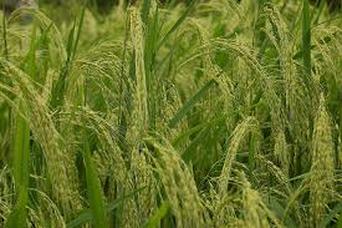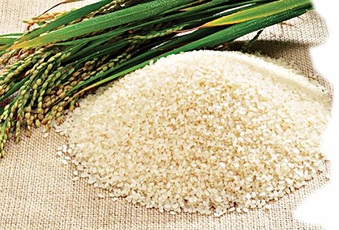|
Rice is life for almost half of the global population and majority of the Indian people. The living and livelihood of majority of the Indian farming population also depends on growing rice. Rice production increased almost three fold over the last five decades and contributes handsomely to the nutritional security of the country. While green revolution brought productivity increase and regional food surpluses as far as rice is concerned and it also created huge negative environmental footprints. Climatic change casts a huge shadow in the horizon of agricultural productivity.
Further, there are reports that erratic monsoon behavior also affects the grain production, especially in rainfed areas which occupy 62% of the total rice area of the country. A variety of factors including (i) declining yields and less land, water and labor (ii) effects of economic growth (iii) pressure on land use, and (iv) climate change, threatens future rice production. While on the brighter side, rice contains a tremendous array of genetic diversity that scientists have only just begun to explore. And this huge genetic diversity also empowers rice to remain productive in environments where most other crops would fail. Rice production systems are unique and the longevity of rice farming speaks for itself. In fact, given to itself, the overall environmental footprint for rice would remain only subtle. |
|
Proudly powered by Weebly

